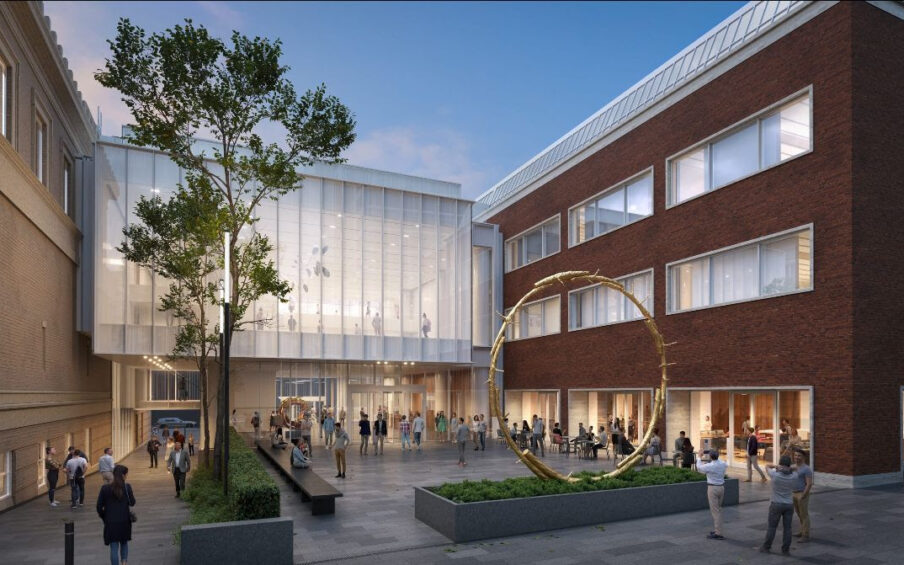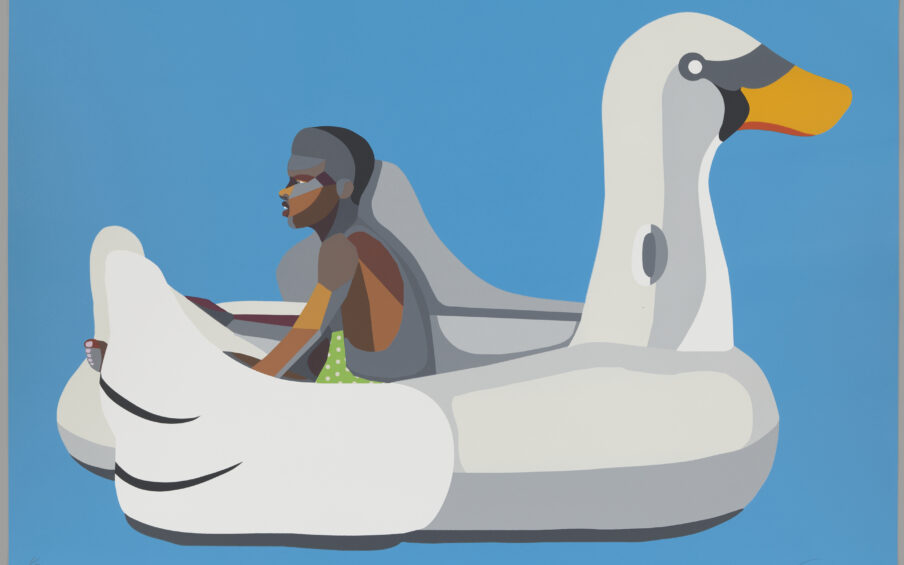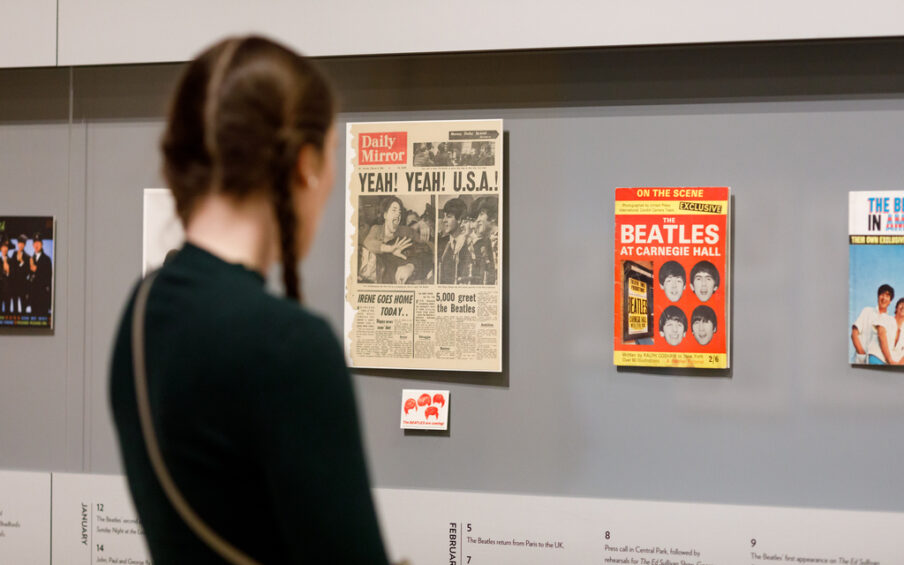Robert Goodnough was an American abstract expressionist painter and part of the New York School of artists in the 1950s and ‘60s. “Goodnough’s gatherings of floating, overlapping planes fluctuate between suggestive figuration and abstraction, between tight-knit clusters of crisp, geometric shapes and loose accumulations of gestural swipes,” wrote former curator, Bruce Guenther, in the catalogue of the Museum’s Clement Greenberg Collection. As we move into these longer spring days, the painting Grey Development, with its warm colors and evocative forms, feels like a great place to spend some time noticing and drawing inspiration for writing.
We have two prompts to help you get started. As always, you can use one, both, or neither. Just set a timer for 15 minutes and see what comes.
When I looked up… / In the sunlight…
Writing in community is powerful. We are grateful to our longtime partner Write Around Portland for the writing prompts and inspiration. You can revisit past posts and look for continuing posts on alternate Sundays. Please share your work with us! @writearoundpdx @portlandartmuseum #RespectWritingCommunity #WriteAroundPAM
[Image description: Grey Development. Robert Goodnough. 1969. Acrylic and oil on canvas. 38 x 66 in. Large rectangular canvas covered fully in apricot colored paint. There are variations in the density of the paint with a few lighter vertical strokes that radiate from the center of the bottom of the canvas upward and outward like sun rays. A triangular formation made of several small white and tan geometric shapes begins in the top left corner and continues along the top of the painting stopping just short of the right edge. The formation comes to an end in the middle of the painting with a flat edge instead of a tip. Each geometric shape resembles paper, some edges seemingly cut straight while others appear ripped. The shapes are placed closely together, sometimes touching. The arrangement gives the illusion that some of the shapes are about to float off the canvas. It is framed in a simple frame with a thin silver strip which is bordered by a thin golden strip.]



